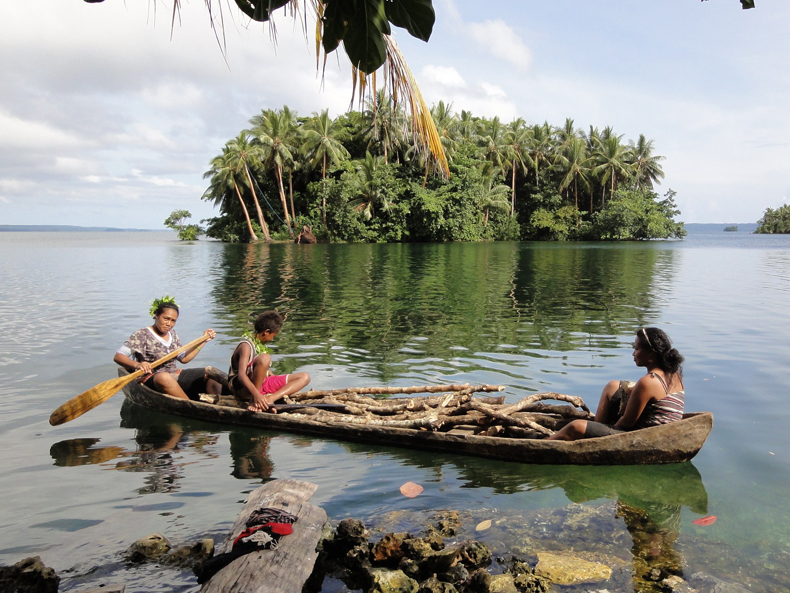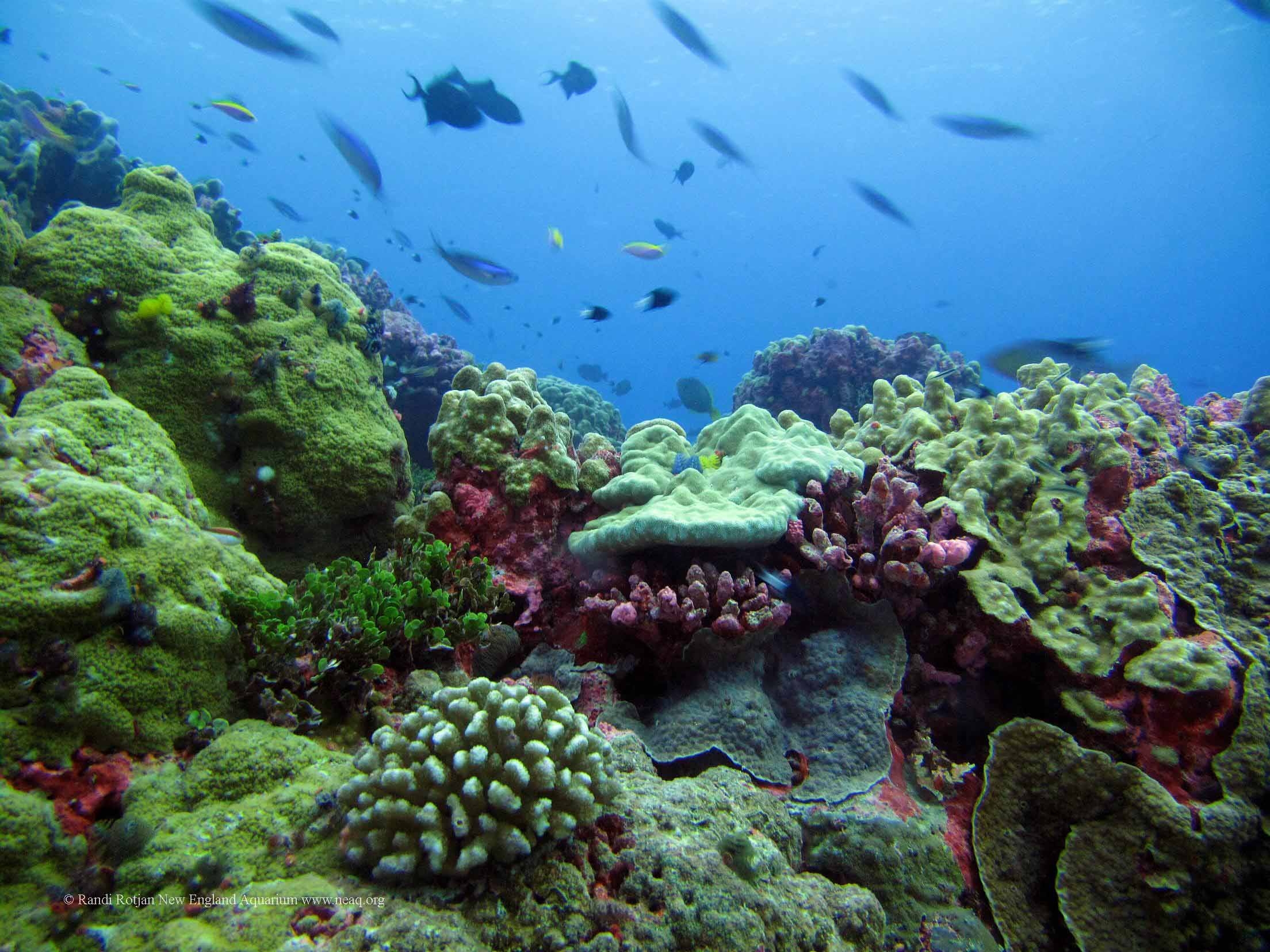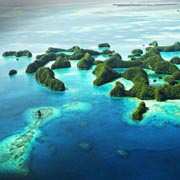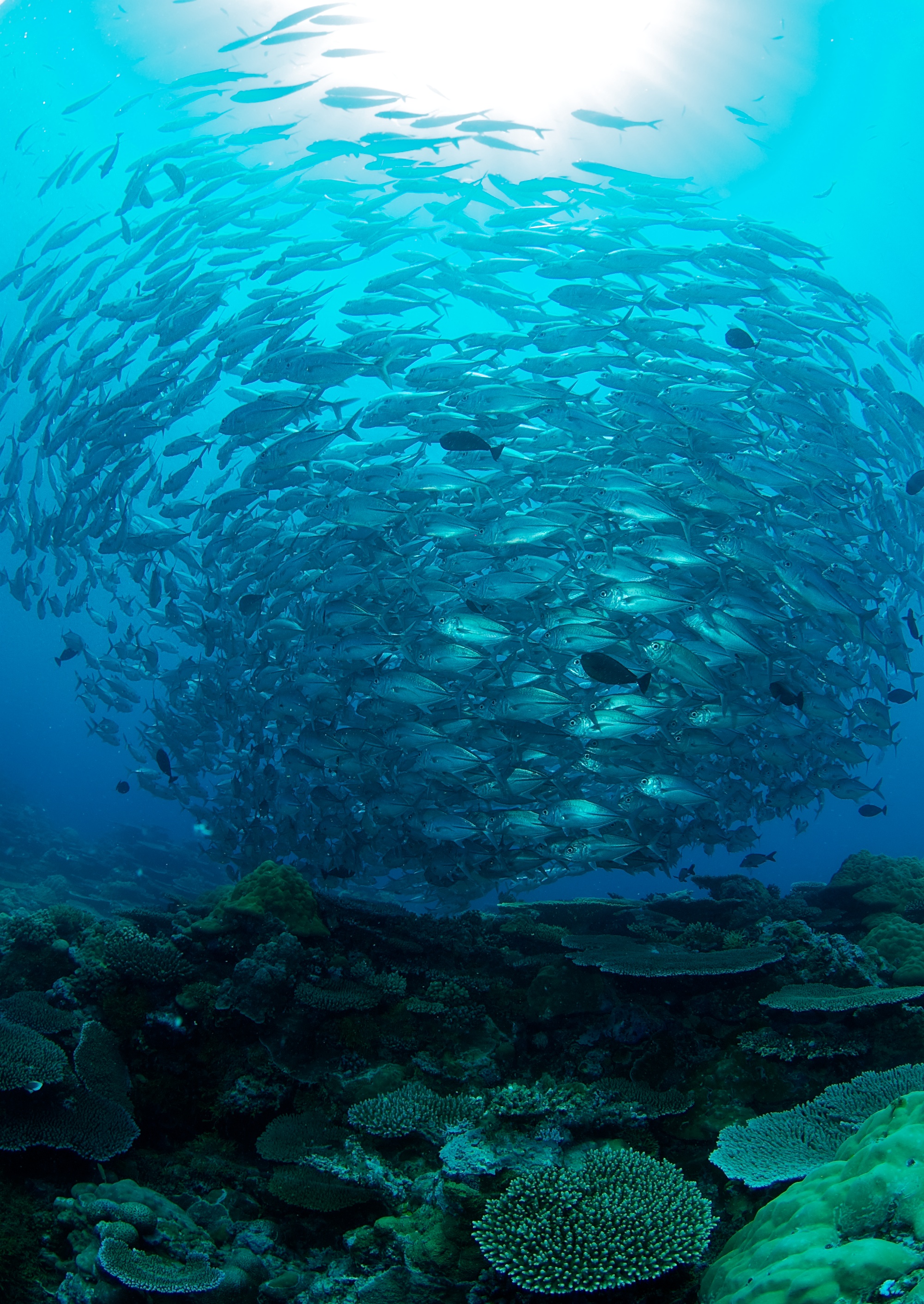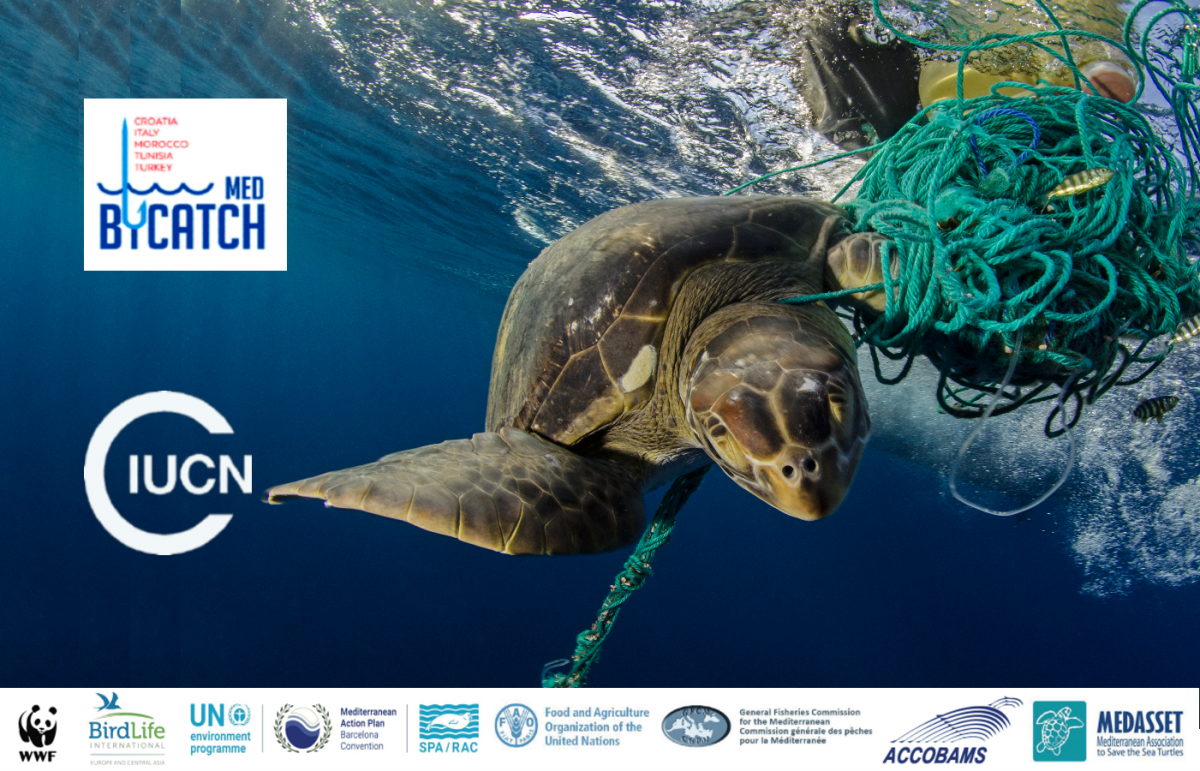Natural World Heritage sites: the Pacific’s challenges
The Pacific Islands region (Melanesia, Micronesia and Polynesia) is renowned for its immense natural beauty, but is home to only seven natural World Heritage sites. What challenges are preventing more sites in the Pacific being recognised?
If you ask anyone to picture the Pacific Islands, they are likely to conjure up images of colourful coral reefs, majestic marine animals, white sandy beaches, swaying coconut trees, low-lying coral atolls, and mountainous volcanic islands. Despite its widely-recognised natural beauty, and the fact that the Pacific Ocean covers one-third of the Earth’s surface, it is home to only seven World Heritage sites recognised for their natural values. So what constraints are stopping more naturally-significant sites in the Pacific achieving World Heritage status?
There is little doubt that many natural areas of the Pacific would satisfy the World Heritage criteria. To qualify, a site must meet at least one of the following:
• contain superlative natural phenomena;
• contain areas of exceptional natural beauty and aesthetic importance
• be an outstanding example representing major stages of earth’s history;
• be an outstanding example representing significant ongoing ecological and biological processes in the evolution of ecosystems;
• or contain the most important and significant natural habitats for conservation of biological diversity, including threatened species.
In other words, natural World Heritage sites must have outstanding natural value – a term which could almost be synonymous with the Pacific Islands region.
There are currently only seven natural World Heritage sites in the Pacific Islands region. Three of these occur within small island developing states: Phoenix Islands Protected Area (Kiribati), Rock Islands Southern Lagoon (Palau), and East Rennell Island (Solomon Islands).
An ocean of opportunity?
The remaining four natural World Heritage sites in the Pacific are all within the overseas territories of larger (developed) countries: Lagoons of New Caledonia (France), Henderson Island (UK), Papahānaumokuākea (USA) and Hawaii Volcanoes (USA). This raises the question of what other sites in the Pacific could be recognised for their natural World Heritage values.
There are probably a greater number of potential natural World Heritage sites within the small island developing states, as they contain the vast majority of land and ocean within the region. Approximately 90% of the 580,600 km2 of land in the region occurs within the small island developing states.
However, prior to nominating a prospective natural World Heritage site, governments in the region need to consider some of the challenges that existing sites in the region have faced. These challenges can include limited institutional capacity, which hinders efforts to identify and nominate appropriate sites and to adequately manage the World Heritage sites once they are established. There may also be limited capability within local communities to effectively manage sites which occur on customary land.
Taking on the challenges
The current plight of East Rennell Island provides a snapshot of some of the challenges involved in managing a natural World Heritage site in a Pacific small island developing state. The site was World Heritage-listed in 1998 because it is part of the largest raised coral atoll in the world, and supports dense forest as well as Lake Tegano, a former atoll lagoon that now contains many rugged limestone islands and endemic species.
However, the integrity of the East Rennell Island World Heritage site is threatened by ongoing logging on the western part of Rennell Island, only 12km from the World Heritage boundary. The logging activities threaten major damage to the forest’s ecology – for example, the IUCN World Heritage Outlook noted that the logging has reduced and transformed forest habitat necessary for the maintenance of the bird fauna within the site.
In addition, the introduction of invasive species as logging has progressed also poses a serious danger to endemic wildlife. Black rats (Rattus rattus) have already been observed in the western part of the island. A risk that giant African land snails (Achatina fulica) may arrive on vessels from Honiara has also been identified. These invasive species have the potential to disrupt the ecological functioning of the island, potentially causing extinctions of endemic species and permanently altering the ecology of the island.
As a result of these impacts, East Rennell Island was placed on the List of World Heritage in Danger in 2013. IUCN has recommended an emergency action plan be adopted.
Boosting local capacity
Demographic changes in the East Rennell communities have also compromised the management of the site. East Rennell was the first natural site inscribed on the World Heritage List that is under customary ownership and community management. At the time of listing in 1998, the population within the site was approximately 1,200, supported mainly by subsistence gardening, hunting and fishing. However the resident population has declined significantly to approximately 350, with approximately 800 people – mostly young adults and working-age men – having moved away to Honiara and elsewhere for education and employment. These demographic changes mean that the resident community does not possess the necessary resources and capacity to protect and manage the site to World Heritage standards, and could instead turn to commercial exploitation of their natural resources.
Holding the value
Addressing the impacts of logging can be a careful balancing act in a developing country such as Solomon Islands where forestry contributes substantially to the economy at the local and national level. However, integrated management of the whole of Rennell Island is required, not just the portion that is World Heritage-listed, if it is to maintain its World Heritage values. This is complicated by the limited capacity of the community to manage the World Heritage site, and the limitations in the ability of regulating agencies to enforce the rules and policies that are in place. These elements create challenges to maintaining the outstanding natural values of East Rennell Island. IUCN and other non-government organizations are currently working with the different levels of government and communities to find a solution to the issues in East Rennell.
The East Rennell Island situation suggests that, in order to maintain and expand the number of natural World Heritage sites in the Pacific, efforts need to be directed towards building the capacity of Pacific Island countries to regulate and manage not only World Heritage areas, but also industries and activities that may indirectly impact upon their natural values. Developing the capacity of Pacific Island countries to effectively address threats associated with development pressures and protect these special sites will allow the World Heritage sites to remain as international benchmarks and beacons of hope in a rapidly-changing region.
